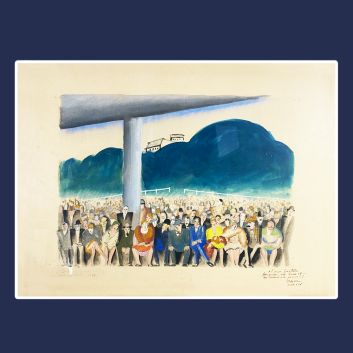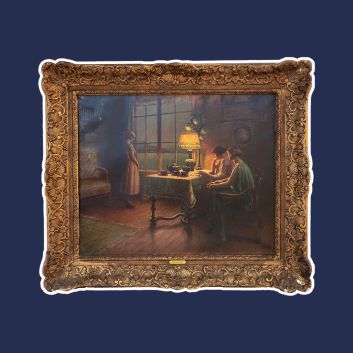Rating and value of First World War paintings
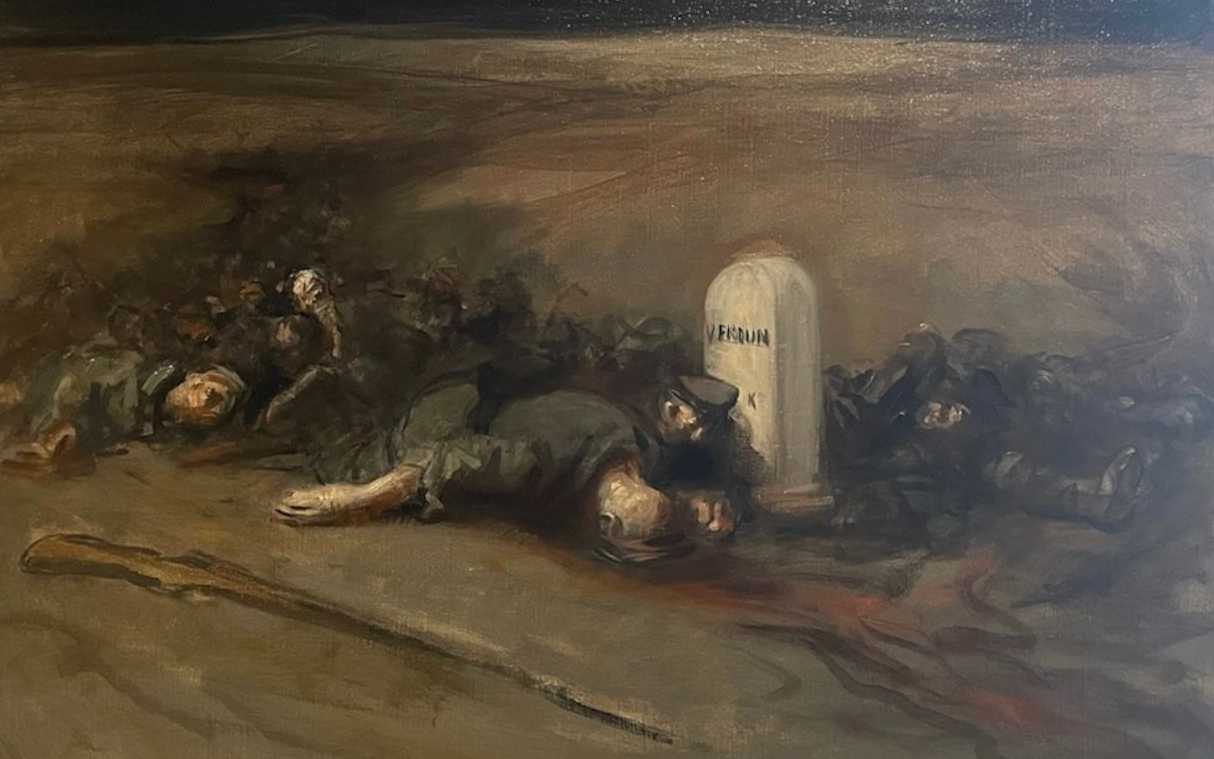
If you own a painting from the First World War, and you'd like to know its value, our state-approved experts and auctioneers will offer you their appraisal services. Our specialists will carry out a free appraisal of your object, and provide you with a precise estimate of its value on today's market. Then, if you wish to sell your painting, we'll guide you towards the best possible means of obtaining the best possible price. The price of a painting can vary greatly, depending on the artist, the state of conservation, the school of painting and the subject depicted.
Rating and value of paintings from the Great War
Paintings from the Great War are appreciated and sought after by collectors. The price at which they sell on the art and auction market ranges from €55 to €760,000, a considerable delta but one that speaks volumes about the value that can be attributed to your paintings. They are prized by buyers of all nationalities, and are of interest to some collectors because they are sometimes less expensive than masterpieces when the artist is not identified. The oil on canvas by Édouard Detaille and Alphonse de Neuville entitled Fantassins du 122ème ligne, for example, fetched €12,000, whereas it was estimated at between €12,000 and €15,000.
Order of value from simplest to most prestigious painting
Table type | Results |
|---|---|
Academic tables | From €55 to €147,300 |
Paintings by the Nabis | From €400 to €540,700 |
Impressionist paintings | From €175 to €600,500 |
Post-Impressionist paintings | From €120 to €760,000 |
Response in less than 24h
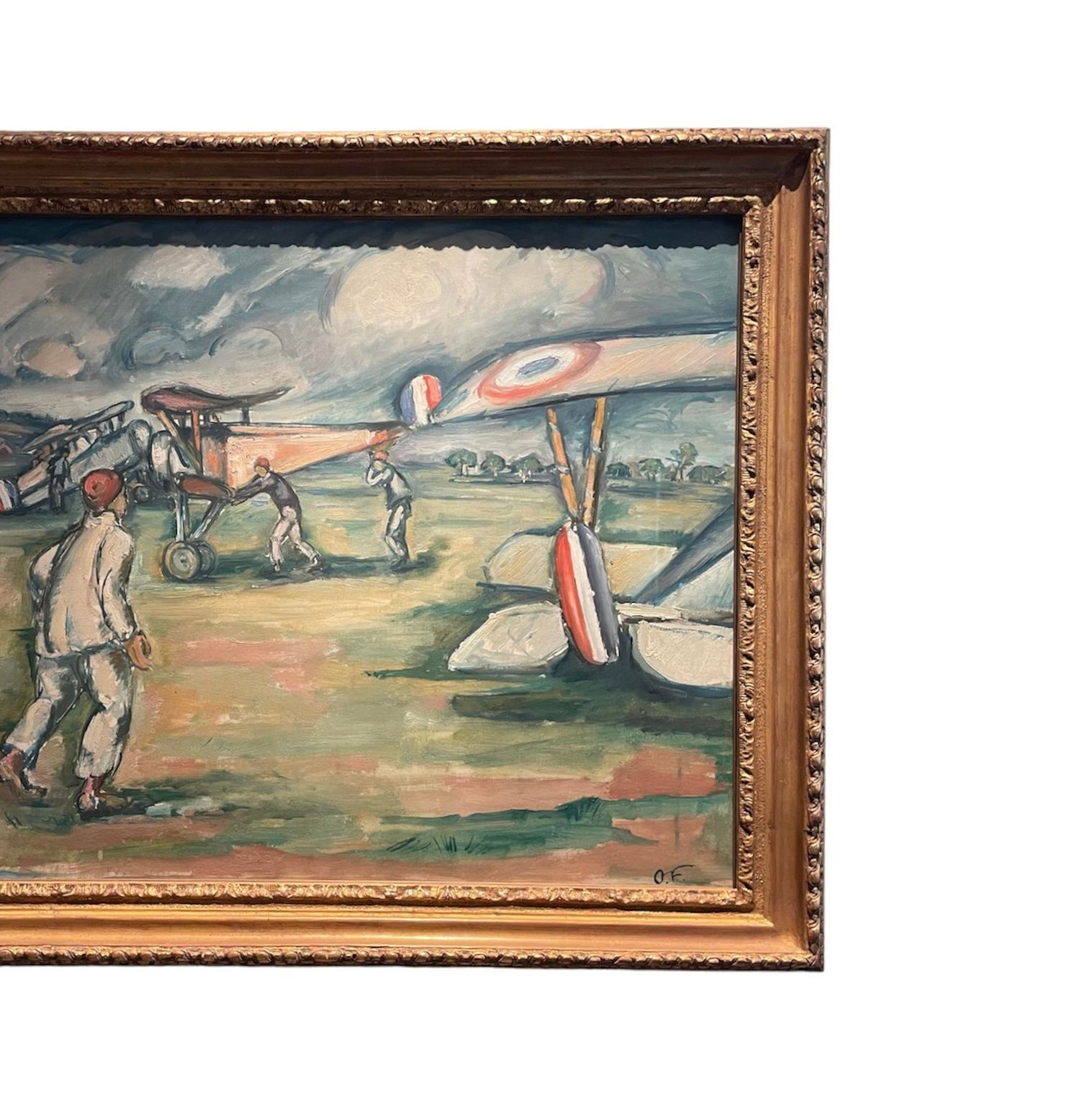
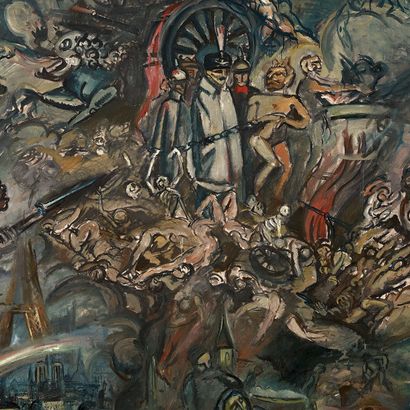
Reasons to have a painting from this period appraised at auction
If you own a painting depicting the First World War, you may not be aware of its value. Indeed, even if the painting is not signed, it is possible in some cases to identify the artist. If it's listed on the auction market, then the price could rise very quickly. It is also possible that the artist is not identifiable, and that only the school of the painting is known.
Defining a war chart
A war picture is a work of art often painted on a flat surface, usually using oil on canvas. However, some works are produced using drawing, etching, charcoal, oil on bristol or other techniques. These are no longer, as in the 19th century and particularly in the case of First Empire paintings of battle scenes, history paintings in the academic sense.
Artists took advantage of the new artistic currents emerging at the beginning of the 20th century, and stopped conforming to the material and stylistic constraints of the Académie. All currents were put to good use. Some artists made war painting their specialty, but others, such as Maurice Denis and Othon Friesz, painted a few canvases inspired by a conflict without devoting their entire output to it.
Works from this specific period are sought after by collectors, but are much less valuable than paintings from the Second World War.
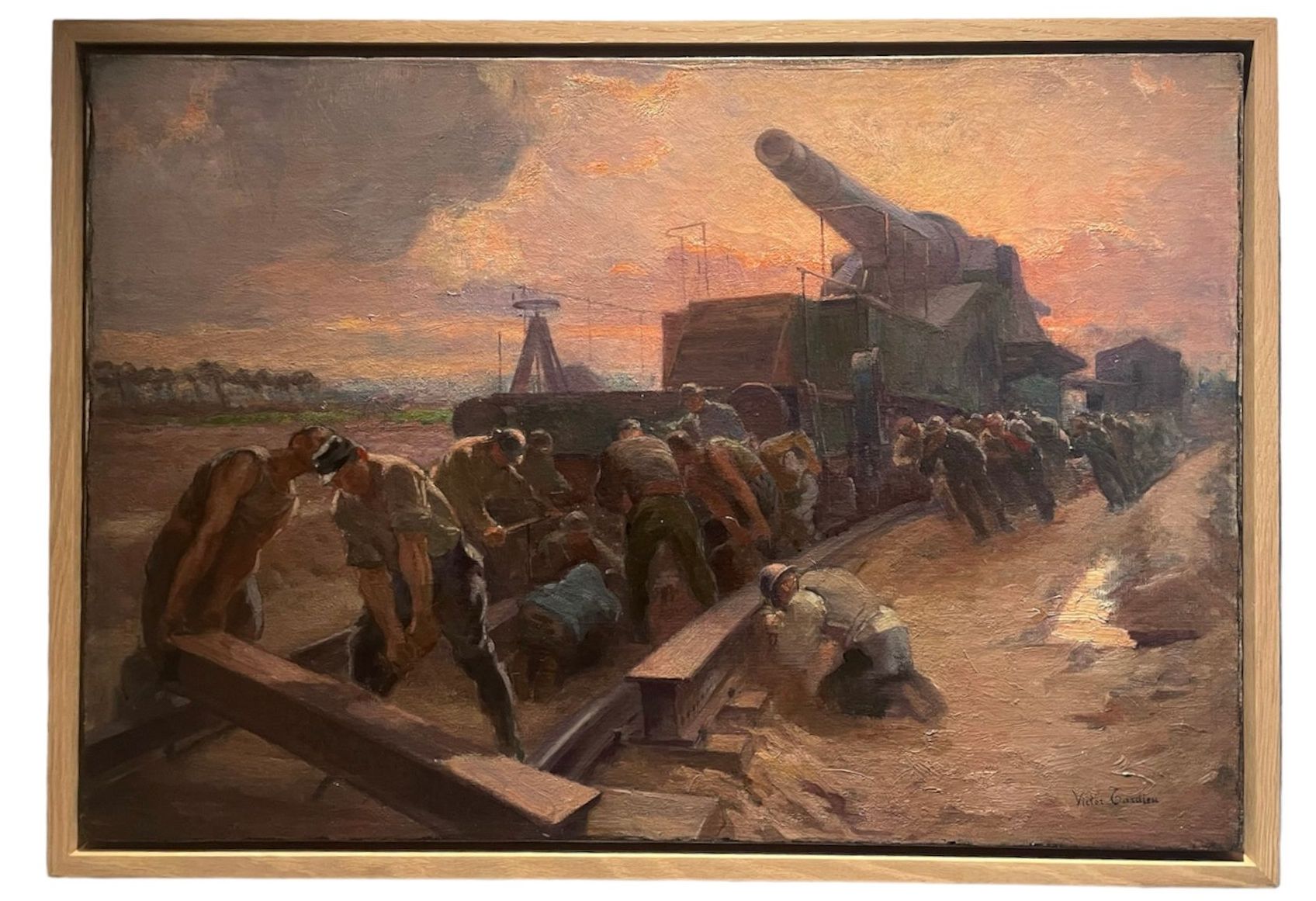
Representing the Great War
The twentieth century was marked by two major wars that had a major influence on the history of art.
During the First World War, painters drew their inspiration from soldiers' daily lives, the number of soldiers who died at the front, and the weapons used. They remained in the vein of impressionism and realism, without distorting bodies and forms too much. The colors used can sometimes be very light, but paintings from this period give the impression that the dominant color is gray. In the paintings by Maurice Denis depicting the conflicts of this period, a gray veil seems to cover the picture. The violence of war remains underlying, and the dead are depicted in the image of the bodies of the living. As in literature, painting of the Great War takes a step back from reality, as in Voyage au bout de la nuit.
Some artists, however, depict those who died at the front with great realism, such as the painter Jean-Louis Forain and his painting of the Verdun cemetery. The violence of war is visible, but in a more concealed way than in World War II painting.
Signing paintings
Many war paintings from the Great War are not signed, and neither are the backs of their frames. That's why it's important to have your work appraised.
Find out the exact value of your painting
If you happen to own a war painting of any school, or think you might, don't hesitate to request a free appraisal using the form on our website. A member of our team of experts and chartered auctioneers will contact you promptly with an estimate of the market value of your painting, and will provide you with all the relevant information. If you wish to sell your product, you will also be accompanied by our specialists in order to benefit from alternatives for selling it at the best possible price, taking into account the inclinations of the market.
Response in less than 24h
Related topics

Rating and value of works, drawings, paintings by Maxime Noi...
Maxime Noiré is a twentieth-century Orientalist painter who produced drawings and oil on canvas that are quite popular at auction.
Read more >

Rating and value of statues, bronzes and marbles by Pierre Trave...
Pierre Travers is a 20th-century sculptor who has produced works in marble and bronze that are sought-after and quoted on the auction market.
Read more >

Rating and value 2024 of Moïse Kisling's paintings
Moïse Kisling is a painter from the École de Paris who produced paintings that are highly rated and valued on the auction market.
Read more >
Secure site, anonymity preserved
State-approved auctioneer and expert
Free, certified estimates

